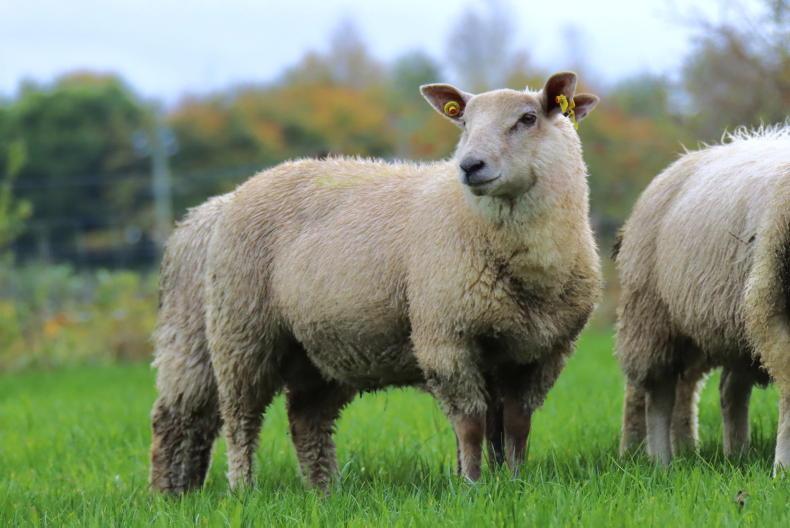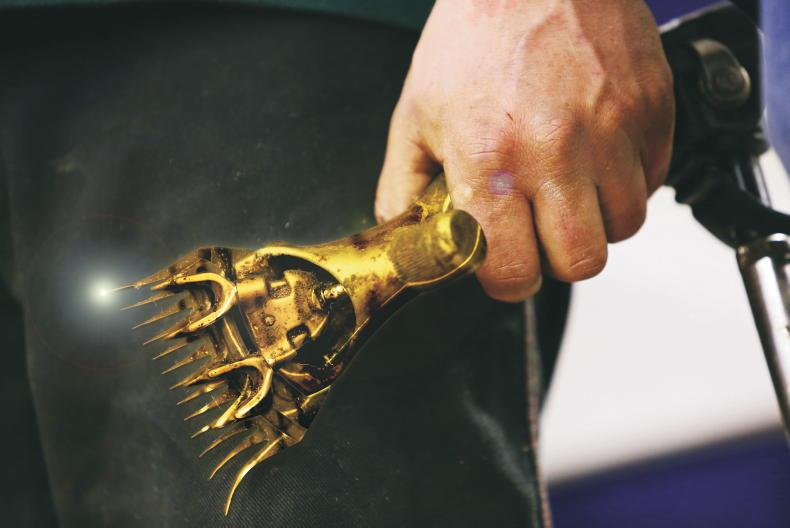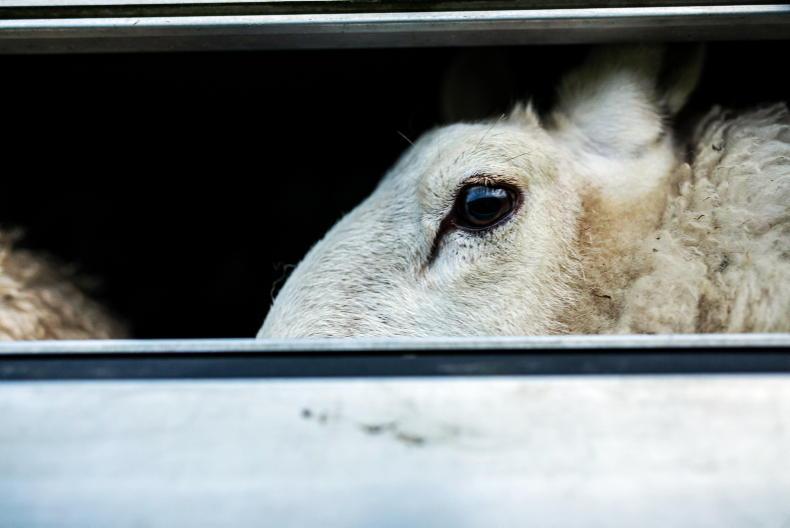The dominance of Australia and New Zealand (NZ) in the US lamb market presents a significant challenge for UK exporters, senior executives from two meat processors have said.
“It’s a mature market for some of our southern hemisphere competitors, so there’s a willingness and understanding of buying an Australian or NZ cut of lamb because it’s traditional to the market,” said James Hutcheson, Commercial Director for ABP.
In January 2022, the United States Department of Agriculture (USDA) lifted a long-standing import ban on UK and EU sheepmeat. The “small ruminant rule” had been in place since 1989 due to concerns about scrapie and BSE.
“We’re just about to conclude our USDA approval as a business and the next step will be putting a commercial aspect to that work and exporting to the US,” Hutcheson said.
Despite strong competition from established exporters, UK factories still see opportunities to sell lamb in the US. The low level of domestic production, a large market of 300m consumers, and the potential to grow lamb consumption from a low base in the US are all seen as positives.
Flavour profile
“We have seen there is a good acceptance of lamb, they like the flavour profile, particularly of UK lamb, and we see that as an opportunity,” Hutcheson said.
Dunbia commercial manager Tom Coles said the low-input nature of UK lamb production will be a key attribute for marketing product in the US market.
“With lamb being expensive compared to other proteins and other countries such as Australia and NZ already established in this market, the biggest challenge I see is reaching those discerning customers in the premium food service sector in the hope that the popularity of lamb will continue to grow,” he added.
Read more
Volume up, value down for New Zealand lamb exports
UK sheep production forecast to increase by 8% to 9% in 2023
The dominance of Australia and New Zealand (NZ) in the US lamb market presents a significant challenge for UK exporters, senior executives from two meat processors have said.
“It’s a mature market for some of our southern hemisphere competitors, so there’s a willingness and understanding of buying an Australian or NZ cut of lamb because it’s traditional to the market,” said James Hutcheson, Commercial Director for ABP.
In January 2022, the United States Department of Agriculture (USDA) lifted a long-standing import ban on UK and EU sheepmeat. The “small ruminant rule” had been in place since 1989 due to concerns about scrapie and BSE.
“We’re just about to conclude our USDA approval as a business and the next step will be putting a commercial aspect to that work and exporting to the US,” Hutcheson said.
Despite strong competition from established exporters, UK factories still see opportunities to sell lamb in the US. The low level of domestic production, a large market of 300m consumers, and the potential to grow lamb consumption from a low base in the US are all seen as positives.
Flavour profile
“We have seen there is a good acceptance of lamb, they like the flavour profile, particularly of UK lamb, and we see that as an opportunity,” Hutcheson said.
Dunbia commercial manager Tom Coles said the low-input nature of UK lamb production will be a key attribute for marketing product in the US market.
“With lamb being expensive compared to other proteins and other countries such as Australia and NZ already established in this market, the biggest challenge I see is reaching those discerning customers in the premium food service sector in the hope that the popularity of lamb will continue to grow,” he added.
Read more
Volume up, value down for New Zealand lamb exports
UK sheep production forecast to increase by 8% to 9% in 2023










SHARING OPTIONS